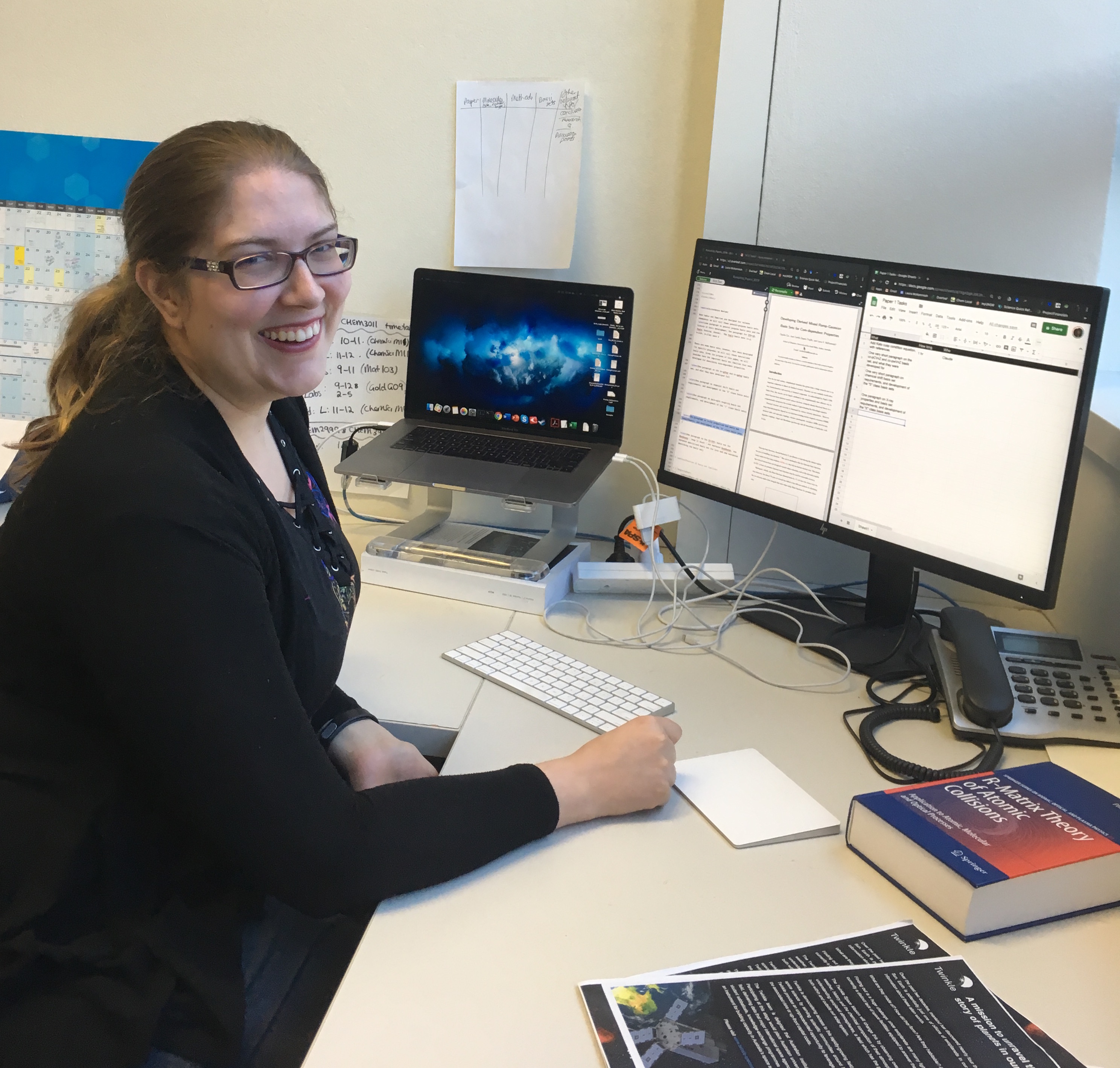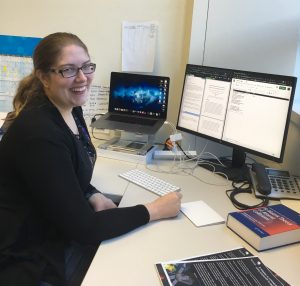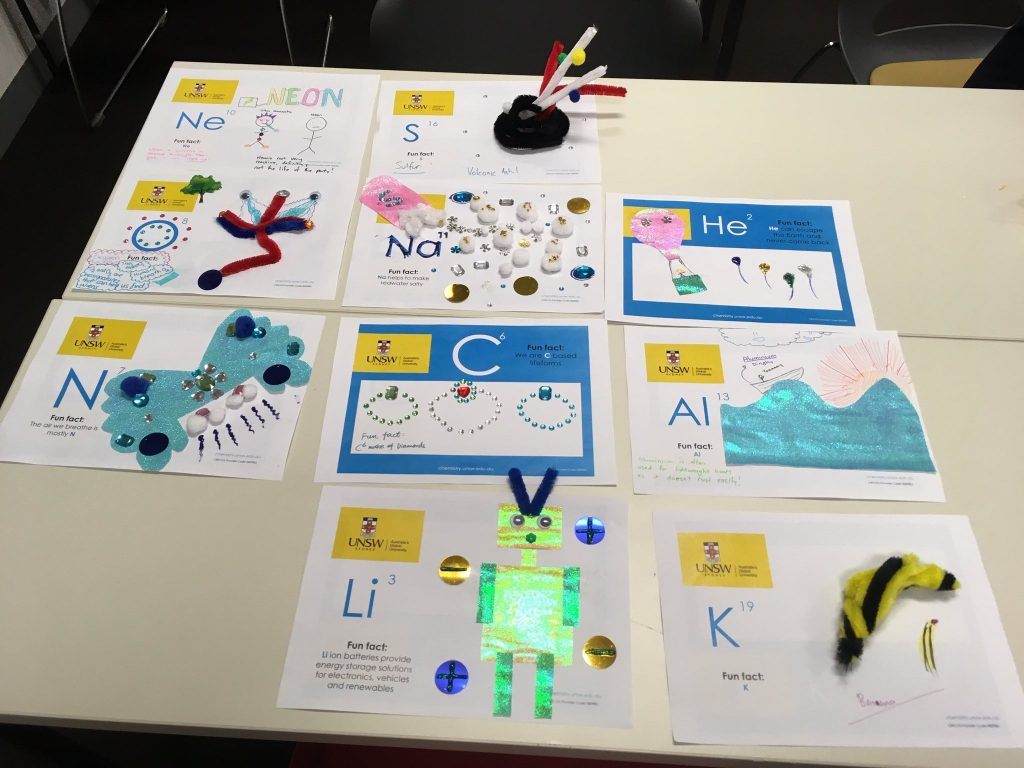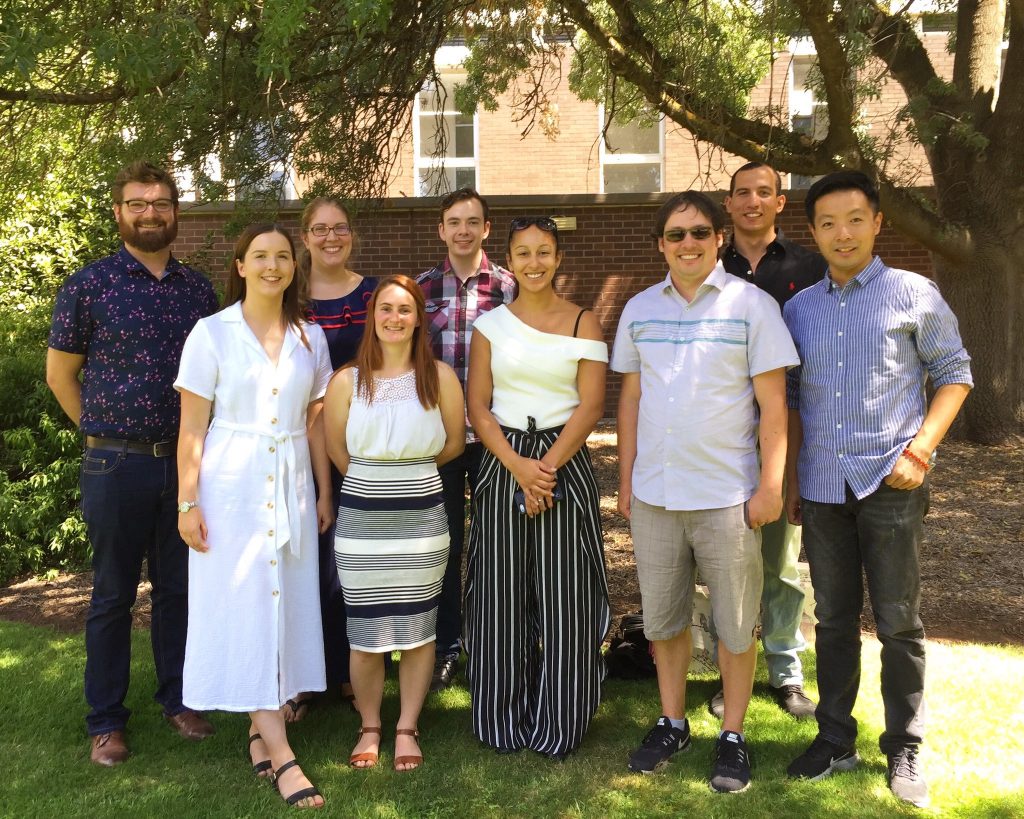By Lisa Nivison-Smith
What do you think when you hear the word thesis?
Long?
Complicated?
Boring?
With the average PhD thesis being 150 pages and covering up to 4 years of research, it’s not surprising that those outside the scientific world would think this about a thesis.
So how can we make PhD research more accessible? Enter the three minute thesis competition: a competition where PhD students must explain their research to an audience of non-experts in 180 seconds. Originating from the University of Queensland, the competition has gone global with thousands of students from hundreds of universities competing every year.

So if explaining your research in three minutes is hard – surely explaining it in one minute is near impossible? Not for Georgina Carson, a member of the 2018 Women in Maths and Science Champions program, who won the UNSW Faculty of Science 1MT (1 minute thesis) competition on the 24th of July by explaining her research on quantum computers.
“50 years ago, astronauts landed on the moon using a computer less powerful than your mobile phone,” starts Georgina. “And today we are on the brink of another computing revolution.”
Georgina currently works at the Centre for Quantum Computation & Communication Technology in the Simmons group. They focus on developing atomically precise quantum devices. Georgina’s PhD specifically focuses on using single phosphorus atoms embedded in a silicon crystal to develop a quantum processor to efficiently solve linear systems of equations.
“At large scale, a processor like this would be faster than all the computers in the world working together. This has huge implications for fields like drug design, cryptography, and artificial intelligence.”
Georgina and two other PhD students were crowned the overall winners of the 1MT competition beating over 75 other students. They will now represent the Faculty of Science at the UNSW-wide 3 Minute Thesis competition.
“I’m thrilled to have won this award. Quantum computing is an exciting, but complicated topic and I’m glad I could help people understand it a little better.” says Georgina.

There were also prizes for some of our other UNSW Women in Maths and Science Champion’s Program, including Liz Retita (winner for School of Material Science and Engineering), Michaela Hall (winner for the School of Maths and Statistics), Rose O’Dea (winner for School of Psychology), Xinyun Hu (winner for the School of Aviation) and Manon Sabot (poster prize winner).
Check out Georgina’s winning presentation.
Follow Georgina on Twitter
Follow Lisa on Twitter





